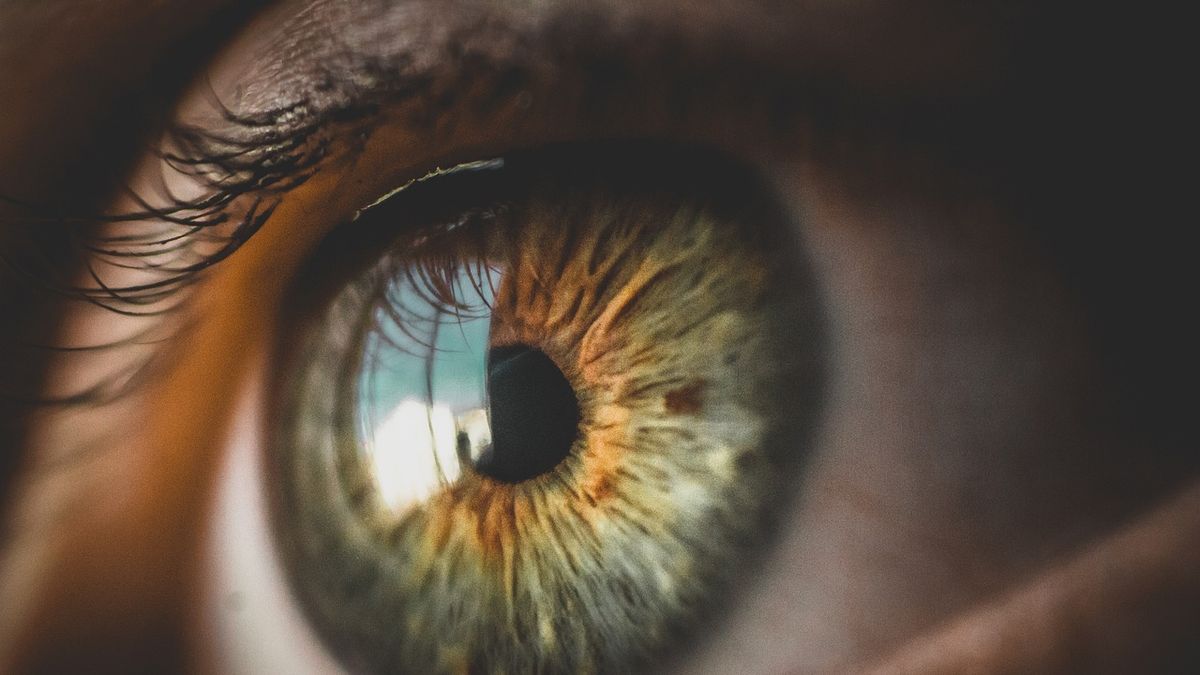Patients often complain that their eyes are irritated, more sensitive to light, that they cannot stop watering, or that they feel a kind of grit under their eyelids.
The most common allergens that cause these reactions are dust, pollen, mold, animal hair, bird feathers, and perfumes.
Pixabay
At this time of year, close to spring, It is frequent that the eyes are red, sting and bother one in four people. Patients often complain that their eyes are irritated, more sensitive to light, that they cannot stop watering, or that they feel a kind of grit under their eyelids. If you are facing these symptoms, it is likely that you suffer from a allergic conjunctivitis.
The content you want to access is exclusive to subscribers.
This conjunctivitis is an eye inflammation caused by allergens, that is, substances capable of causing a reaction in sensitive people.. In other words, there are many who can be exposed to these substances, but will not develop the condition.


The conjunctiva is the skin that covers the outside of the eye, it is a tissue with many blood vessels and, therefore, when it becomes inflamed, it turns red. By definition, conjunctivitis is inflammation of this tissue. Although, when talking about conjunctivitis, most associate it with an infectious origin, it can have multiple causes: microorganisms (viruses and bacteria), allergic irritations, toxic irritations produced by gases or chemical substances, and traumatic inflammations.
Allergens are particles present in the environment and do not trigger problems in most people. In allergic patients, however, they generate an inflammatory response. The eyes are mucous membranes exposed to the environment all the time, which is why allergic conjunctivitis is common. They affect children between 4 and 12 years old and those over 60 years old. The main symptom is itching or pruritus, although it is accompanied by red eyes and eyelid edema. It is important to correctly diagnose it with blood and eye laboratory studies and an ophthalmological examination.
The most common allergens that cause these reactions are dust, pollen, mold, animal hair, bird feathers, and perfumes. In addition, there may be other factors such as eye cosmetic products (mascara, eyeliner, pencils and eye shadows), environmental pollution and contact with pool water that contains disinfectant products such as chlorine.
Measures to reduce contact with allergens:
- Use wraparound glasses, especially outdoors, which reduce the entry of allergens into the eyes.
- Clean the air conditioner filters.
- Use quality, hypoallergenic cosmetic products.
- Avoid contact with furry animals, which are reservoirs of mites and other allergens. If these are at home, frequent bathing is recommended.
- Wear goggles in pools.
The main problem with allergic conjunctivitis is that it is difficult to avoid exposure to the environmental allergen. Therefore, the therapy is based on immunotherapy, a treatment that attempts to reduce the body’s own inflammatory response to exposure to the allergen. Each allergic patient is different and, therefore, the procedure is personalized, based on the individual response to the triggering factor.
Ophthalmologist, head of the cornea transplant team of the Ophthalmology service of the German Hospital.
Source: Ambito
I am an author and journalist who has worked in the entertainment industry for over a decade. I currently work as a news editor at a major news website, and my focus is on covering the latest trends in entertainment. I also write occasional pieces for other outlets, and have authored two books about the entertainment industry.




